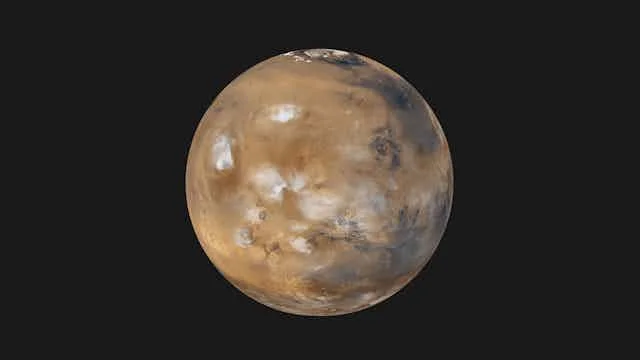
K2-18b: Alien Life Hopes Dim as Scientists Re-evaluate ‘Biosignature’ Claims
Remember the buzz surrounding the potential discovery of life on exoplanet K2-18b? The initial excitement stemmed from astronomers detecting molecules in its atmosphere that, on Earth, are primarily produced by microbial life, like marine algae. Now, a wave of new studies is casting serious doubt on those initial findings, leaving the question of alien life hanging in the balance.
The original findings came from a team at the University of Cambridge, who analyzed data from NASA's James Webb Space Telescope (JWST). They identified potential traces of dimethyl sulfide (DMS) and dimethyl disulfide (DMDS), gases linked to biological activity on Earth.

However, independent astronomers have since scrutinized the data, arriving at skeptical conclusions. "The data we have so far is much too noisy for the proof that would be needed to make that claim," stated Rafael Luque, an astronomer at the University of Chicago.
K2-18b, located over 120 light-years away, has long intrigued scientists due to its placement within its star's habitable zone, potentially allowing for liquid water. It's an exoplanet, discovered in 2015 during NASA’s K2 mission, and believed to be a Hycean world – an ocean-covered planet with a hydrogen-rich atmosphere.
Recent re-analyses of the JWST data paint a different picture. A study led by Luque found no statistically significant evidence of DMS or DMDS. Another study by Oxford astrophysicist Jake Taylor, using a common data model, also failed to find evidence of those critical atmospheric clues.
Luis Welbanks and Matthew Nixon, former students of Nikku Madhusudhan (the lead researcher of the initial study), expanded the number of possible chemicals to explain the signals detected by James Webb Telescope to 90 from the original 20. Welbanks stated, "When you detect everything, did you really detect anything?"

Madhusudhan acknowledges the need for further review, admitting that the observed molecules could be the result of chance or unknown chemical processes. "These sort of arguments are healthy," he told AFP.
The broader issue at play is the stringent standard of evidence required for claims of extraterrestrial life. While groundbreaking discoveries like K2-18b capture the public's imagination, the scientific community demands rigorous proof. Detecting biosignatures from light-years away relies on complex models and assumptions about planetary atmospheres, making it challenging to rule out non-biological explanations.
Despite the current skepticism, the search for alien life continues. As Welbanks notes, “We are the closest we have ever been” to discovering life beyond Earth. More data about K2-18b is expected in the coming year, which should bring a much clearer picture.
While the hopes for immediate confirmation of life on K2-18b may have dimmed, the dedication to exploring the universe and seeking answers to fundamental questions remains strong. What are your thoughts on the search for extraterrestrial life? Share your opinions in the comments below!